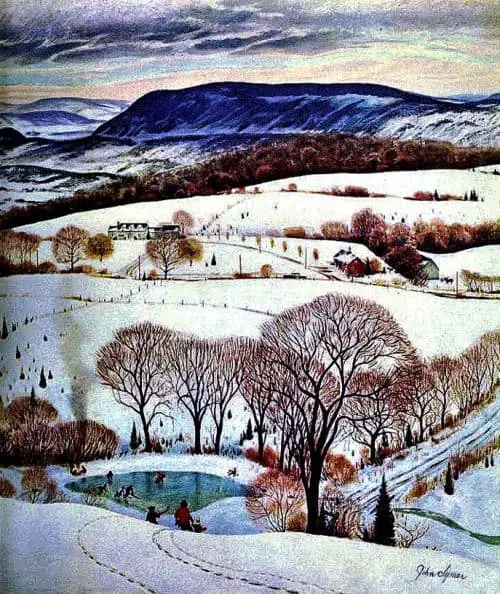-
The Big Honey Hunt by Stanley and Janice Berenstain
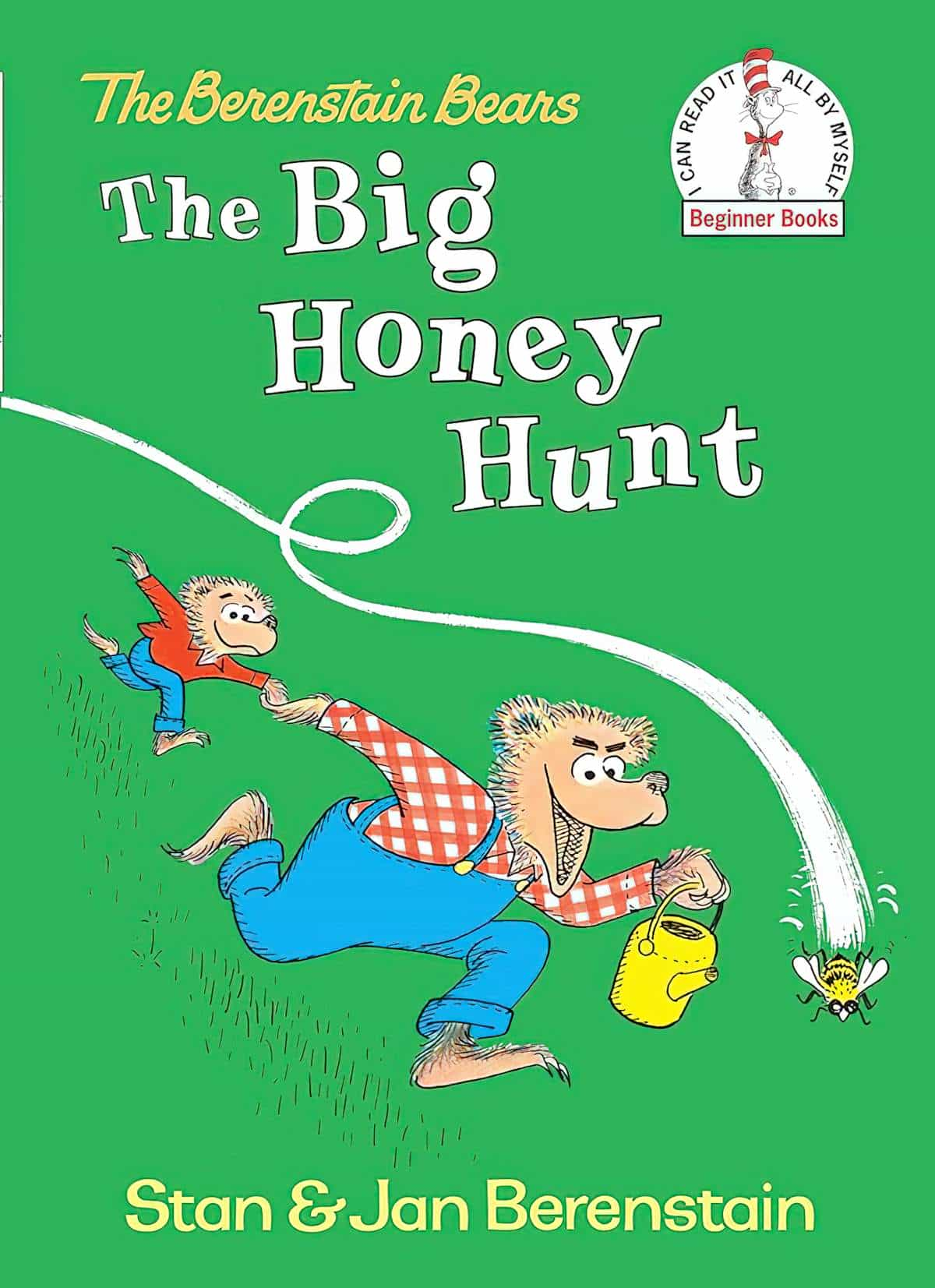
The Big Honey Hunt by the Berenstains is an Odyssean mythic journey. Our hero (heroes, actually) leave the house to achieve a mission and encounter various opponents along the way. They come up against nature and end up back home, ending with an outcome that is neither wonderful nor terrible. Unlike the ‘straight’ myths, this […]
-
A Fish Out Of Water by Helen Palmer Analysis
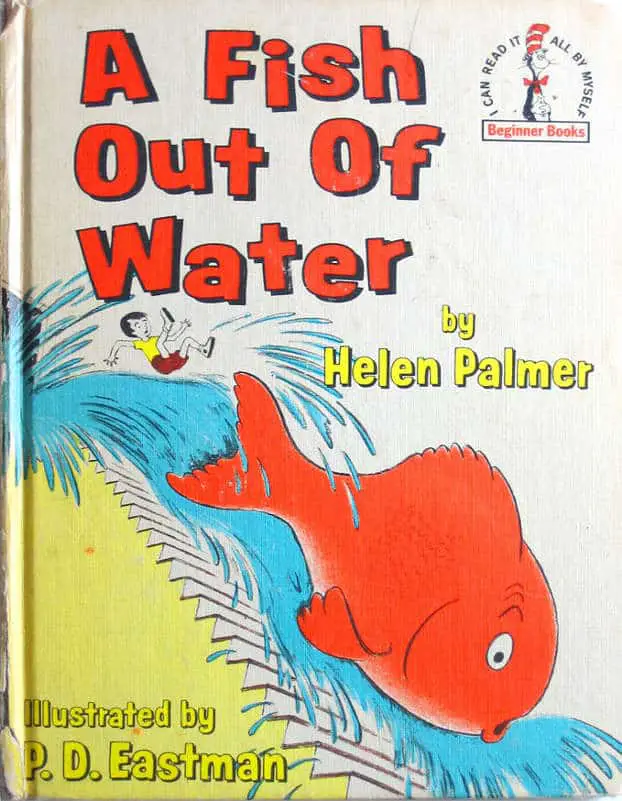
The story of Helen Palmer is — from the outside, certainly — a sad one. Helen is ‘the woman behind the man’ in the Dr Seuss duo. It was Helen who encouraged her husband Theo to start writing picture books. When the marriage ended and Theo embarked upon a second relationship, Helen suicided. It would […]
-
The English Country Garden In Picture Books
The Secret Garden This is perhaps the most famous, and certainly the most analysed, of the English country gardens in children’s literature. Below is an illustration by the wonderful Inga Moore, also well-known for her illustrations of The Wind In The Willows. Though Inga Moore is a modern illustrator, her style has a classical style […]
-
Doctor De Soto by William Steig (1982) Analysis
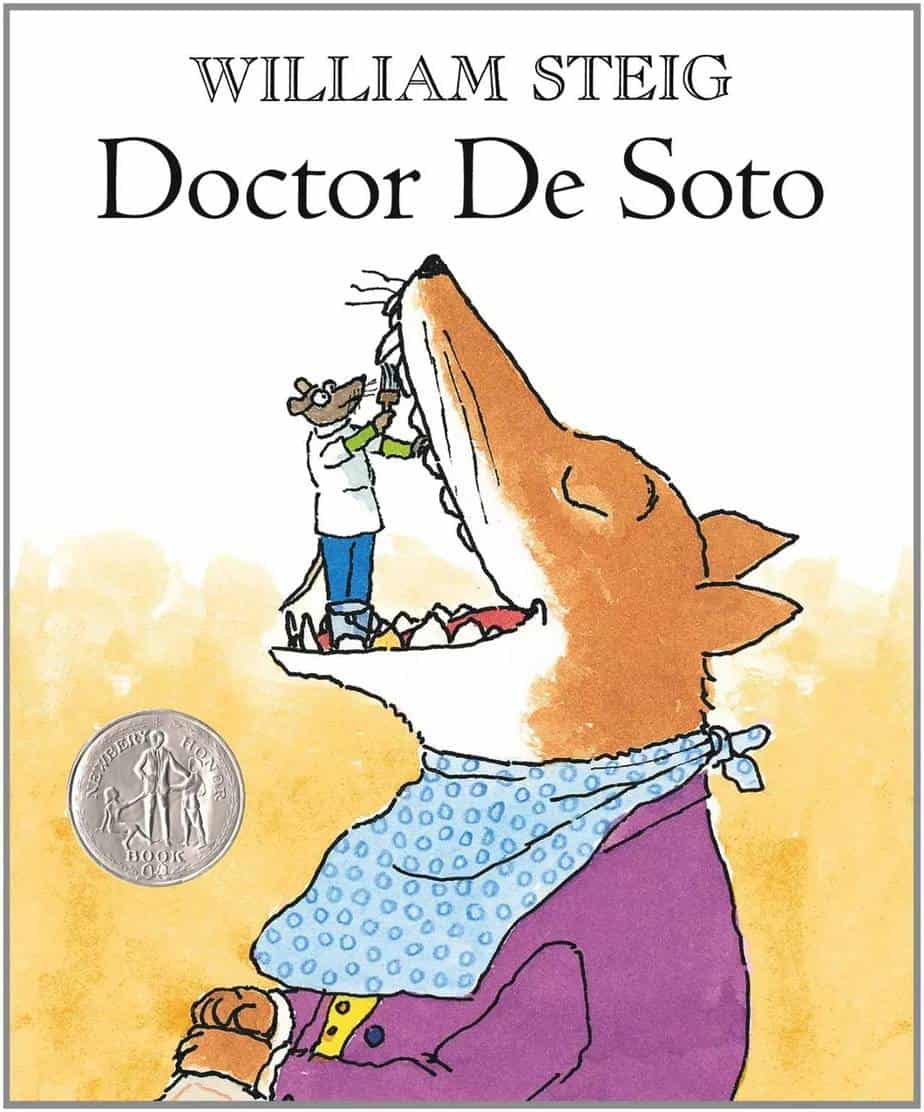
Doctor De Soto is an example of a picture book that owes a lot to Aesop, with the characterisation of the mice and the fox already firmly in place. Mice don’t play as prominent part in the fables as you might think, but foxes are one of the main five, along with countrymen, dogs, donkeys […]
-
Big Mouse And Little Hare Microfiction by Janosch
“Big Mouse and Little Hare” is a very short story from a collection out of Germany in the early 1980s. Janosch (that’s a pen name) was an influential author in Germany, mainly for his prolific contribution to school journals. (Sometimes the ‘big name’ authors aren’t actually the most widely read. That was certainly the case in […]
-
Storybook Farms
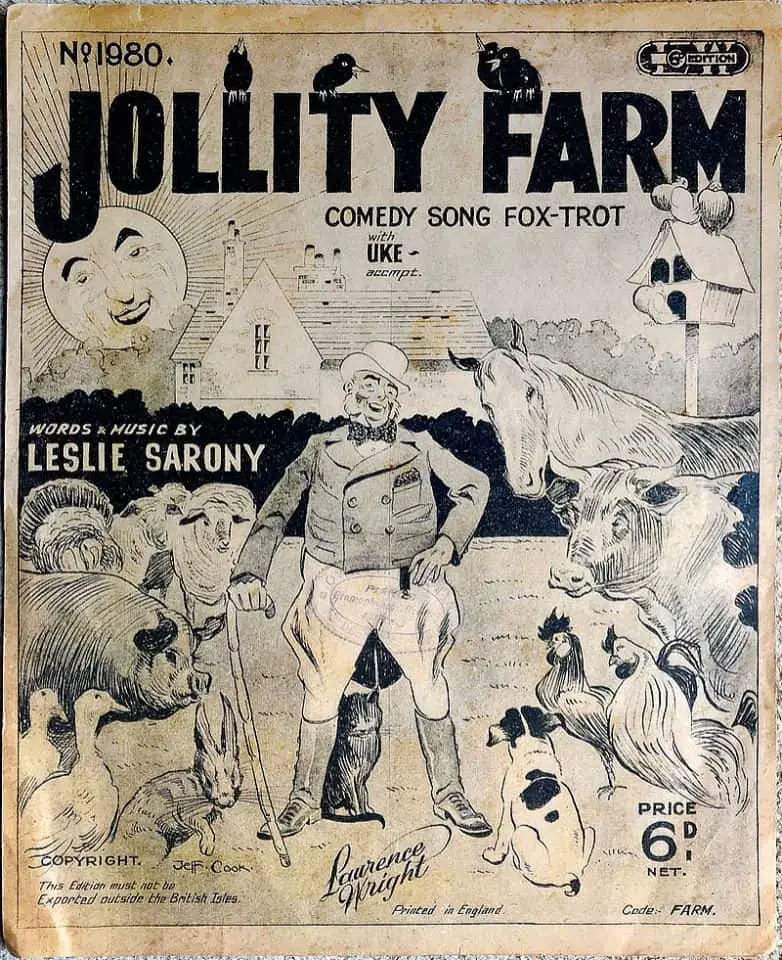
Farms in children’s literature are often a kind of utopia. Often these are animal utopias, and the reader is not supposed to even think of what the animals are really there for. Writing of the book Hepzibah Hen, a Children’s Hour favourite from 1926, is described by Margaret Blount as ‘the antithesis of Animal Farm‘, […]
-
Why children’s stories have to be dual audience now
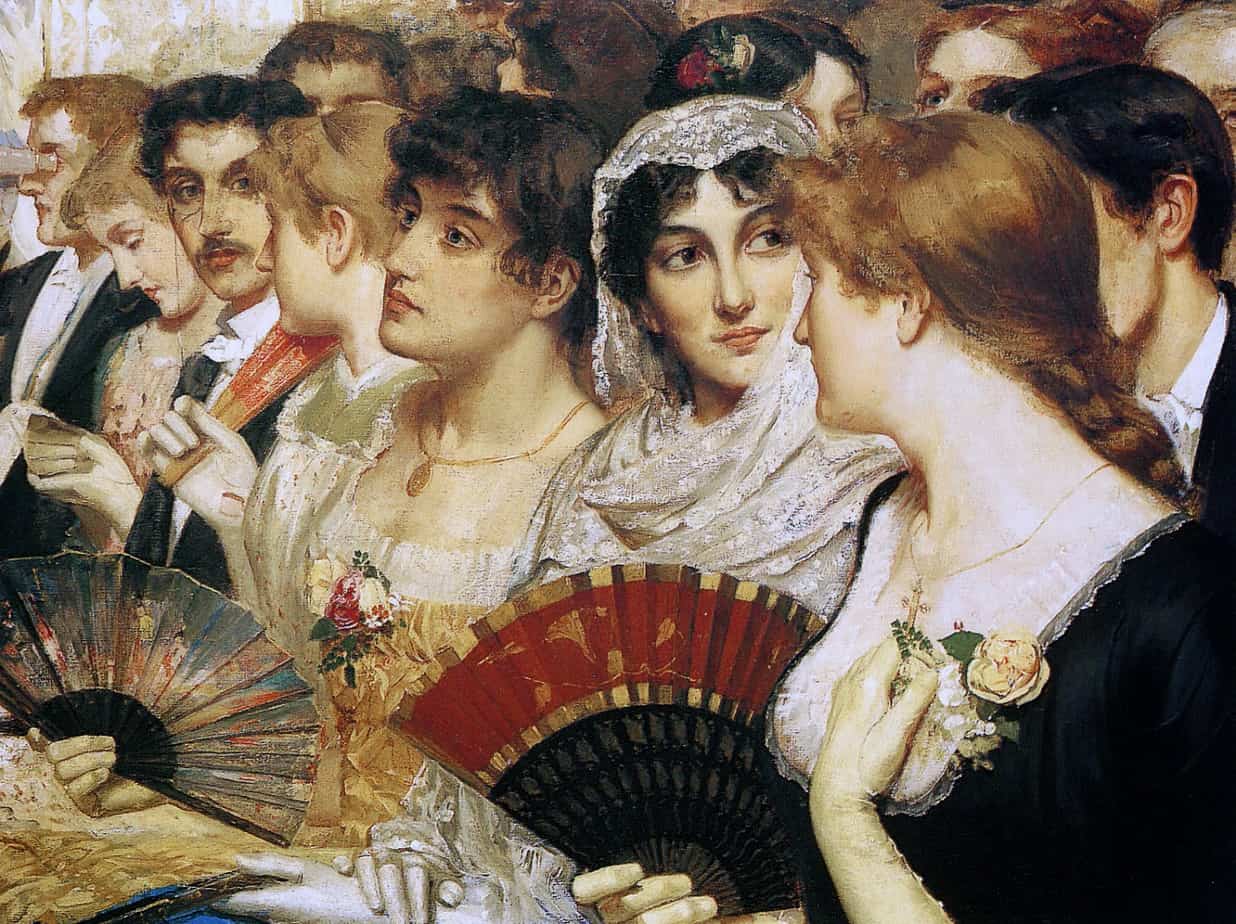
Modern children’s books — picture books in particular — are required to appeal to adults as well as to children. This is known as a ‘dual audience’ story.
-
The Male Gaze In Children’s Literature
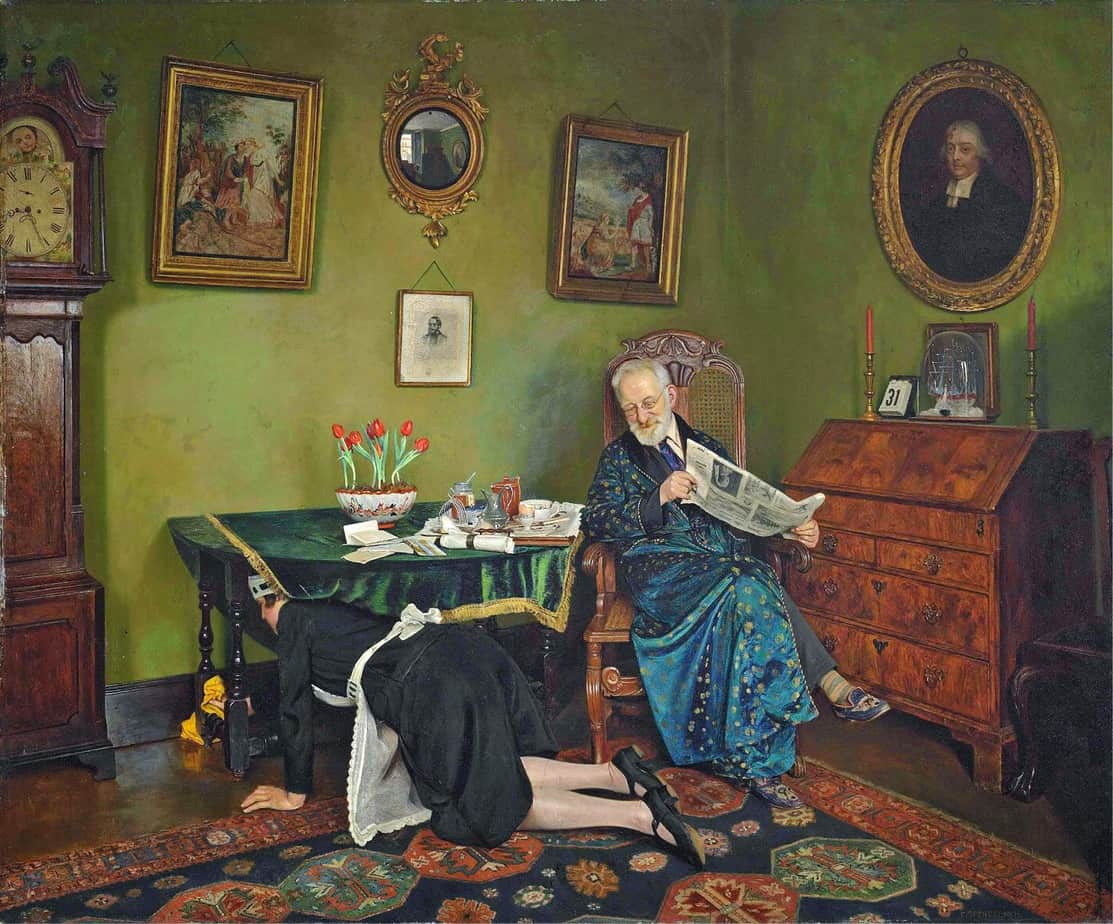
Meg Elison has written a McSweeneys post about The Gaze which strikes a chord. IF WOMEN WROTE MEN THE WAY MEN WRITE WOMEN. At The Guardian, Lindesay Irvine (incidentally, a man) responded to this spoof gender reversal with: Anyone who’s ever had a brush with cultural studies will be familiar with Laura Mulvey’s influential theory […]
-
Rats In Children’s Literature
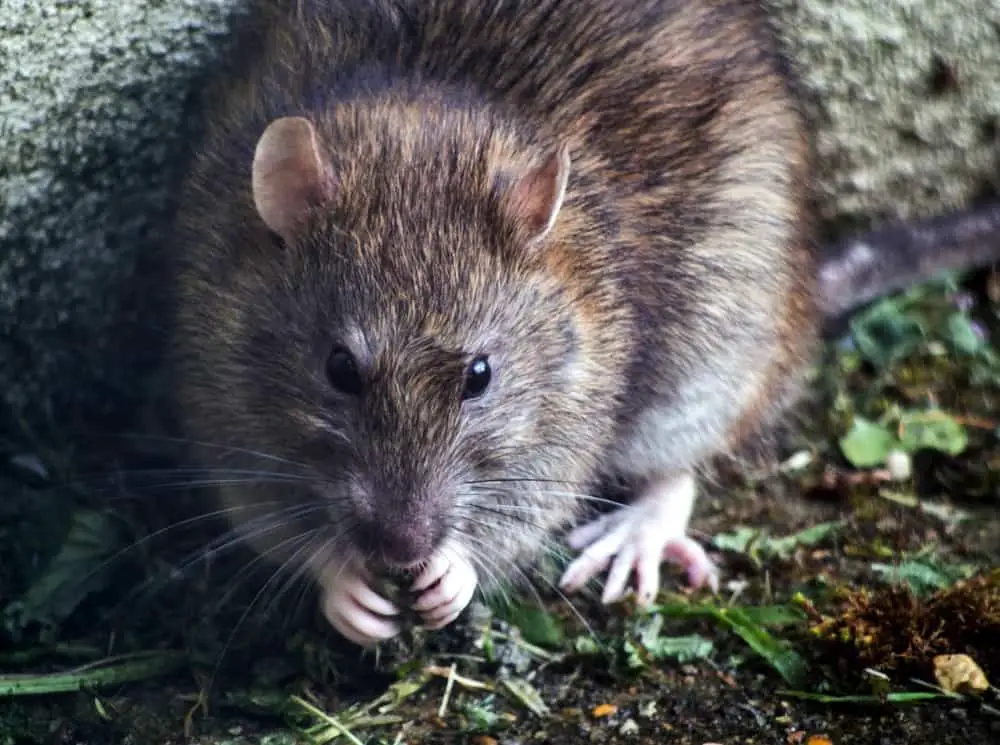
I’m reminded of modern children’s literature, in which an underdog, much maligned character has his/her own back. It’s pretty funny until you read the top commenter, pointing out that the rat probably has toxoplasmosis, a disorder of the brain. On the other hand, mice and rats alike aren’t timid at all when you consider how small […]
-
Pig Tale by Helen Oxenbury (1973) Analysis
Pig Tale is a 1973 picture book by Helen Oxenbury. I’ve already taken a close look at The Three Little Wolves and the Big Bad Pig, which is one of my favourite picturebooks of all time. That was written by Eugene Trivizas and illustrated by Helen Oxenbury, probably because she already had a reputation for […]
-
That Is NOT A Good Idea by Mo Willems Analysis
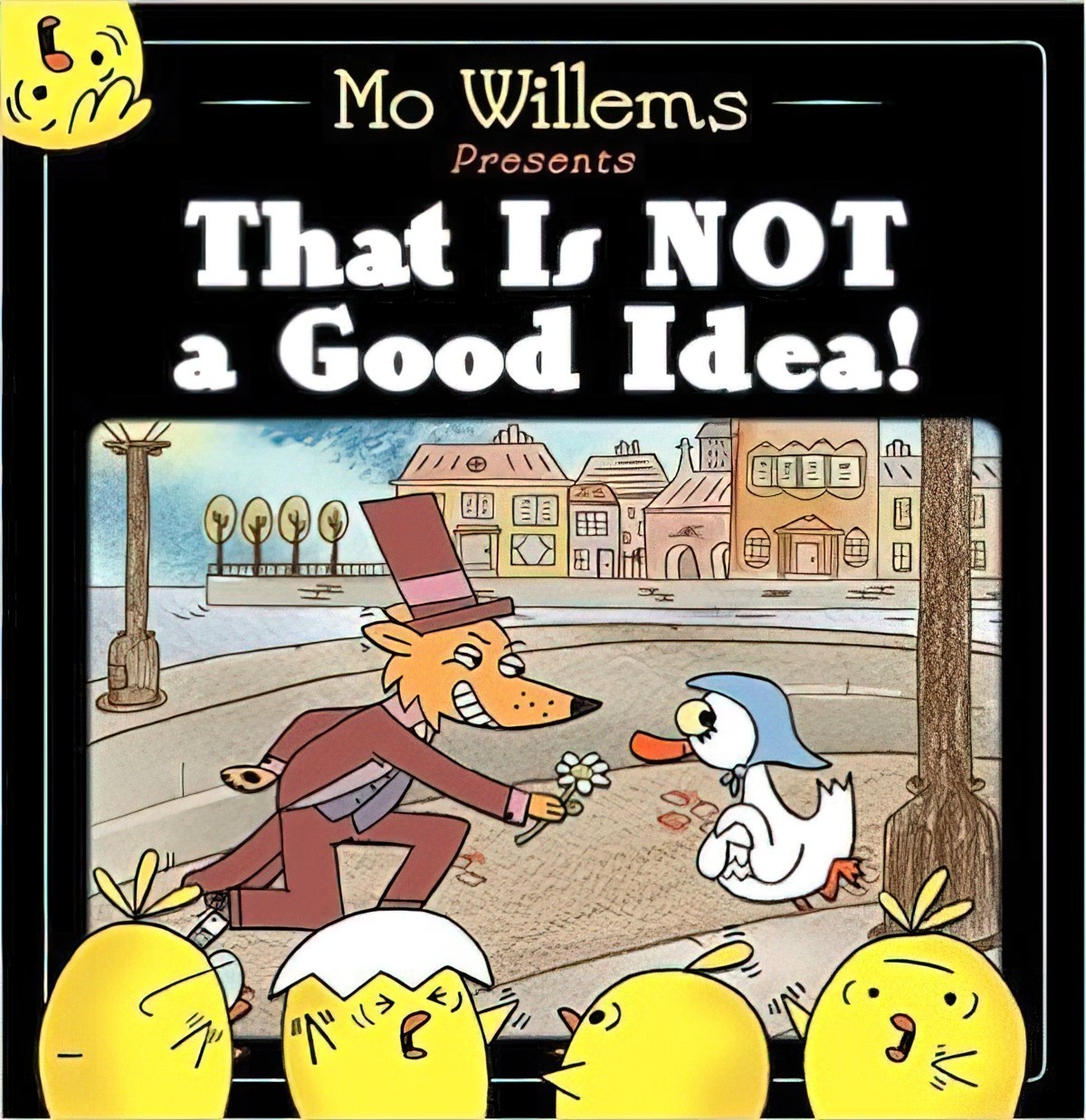
That is NOT A Good Idea is a picture book written and illustrated by the Mo Willems team. This is a funny book which makes use of silent film techniques.
-
Princess Smartypants by Babette Cole Analysis
Princess Smartypants is an example of a children’s picture book which uses gender reversal to tell a story that would never really happen. What if women of high socio-economic status could choose their own marriage/non-marriage partners? The ending plays into the stereotypically MRA fear — if women were allowed autonomy they may choose not to include men at all. […]
-
Lost Pets In Children’s Stories
A child who reads heavily may well be under the impression that the acquisition of pets requires about as much thought as a well-chosen piece of jewellery. Yesterday I rewatched Bridge To Terabithia — a perennial favourite at our house. I can’t remember if this also happens in the book version, but at the end of […]
-
Girls Who Love Dogs In Children’s Literature
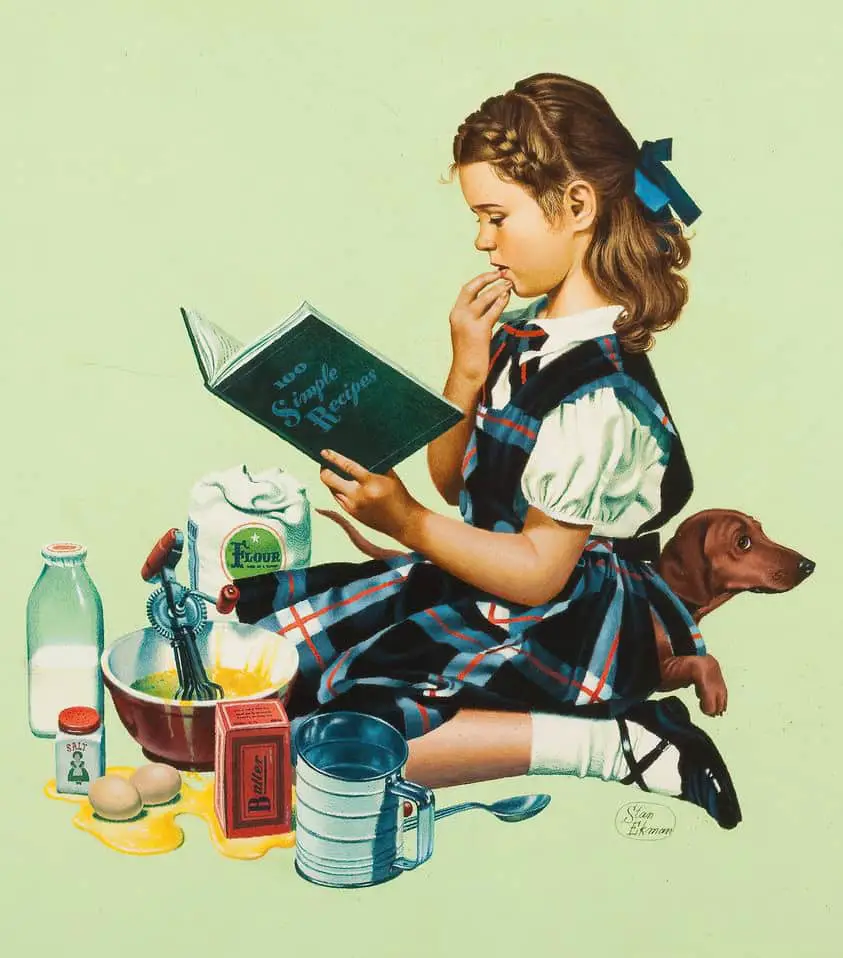
What if you have a canine loving girl and she would like to see herself reflected in literature? Well, girls and dogs have in previous eras and in other cultures been seen together quite often. OLD SCHOOL KIDLIT ABOUT GIRLS AND THEIR LOVE FOR DOGS The 1940s gave us George and Timmy, though Enid Blyton […]
